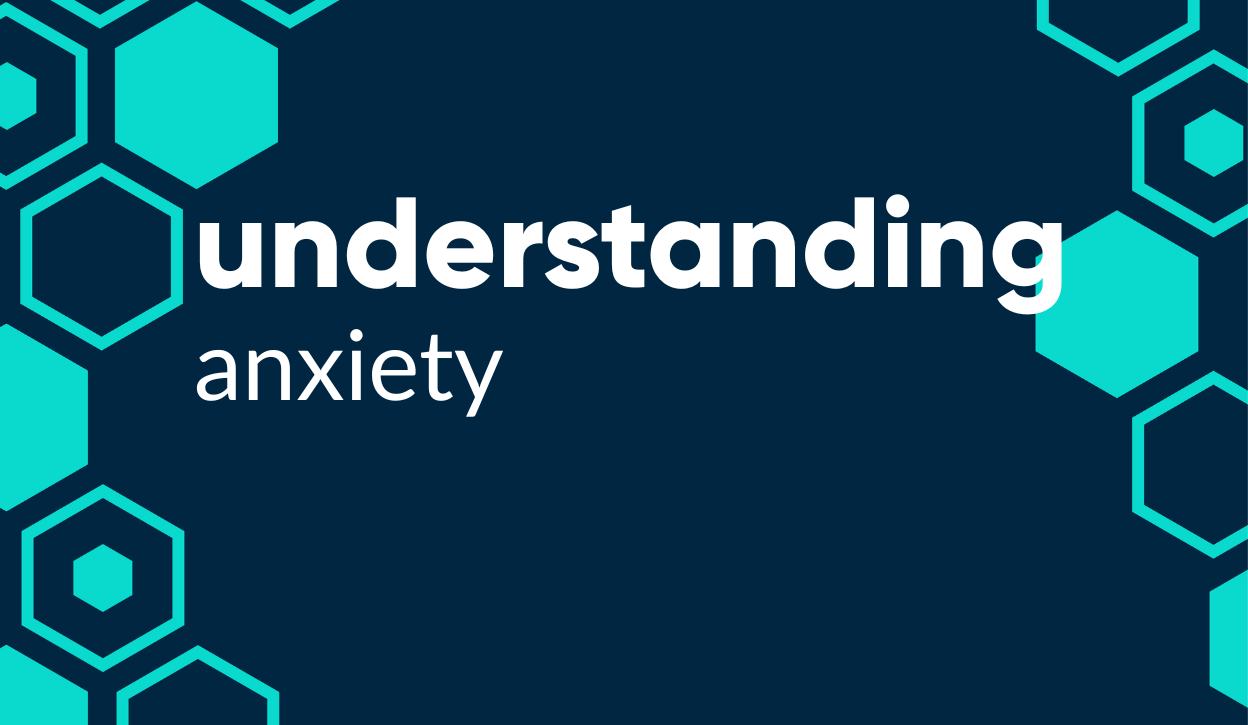
What Is Anxiety, According to the DSM-5?
The DSM-5 (Diagnostic and Statistical Manual of Mental Disorders, 5th Edition) defines Generalized Anxiety Disorder (GAD) as:
“Excessive anxiety and worry (apprehensive expectation), occurring more days than not for at least six months, about a number of events or activities… The individual finds it difficult to control the worry.”
To meet diagnostic criteria, this worry must be accompanied by three or more of the following symptoms:
- Restlessness or feeling keyed up or on edge
- Being easily fatigued
- Difficulty concentrating or mind going blank
- Irritability
- Muscle tension
- Sleep disturbance (difficulty falling or staying asleep)
Why Is It So Hard to Recognize Anxiety?
Anxiety doesn’t always feel like panic. For many, it shows up as:
- “Just being stressed all the time”
- Chronic muscle tightness or fatigue
- Overthinking, perfectionism, or irritability
- Avoiding certain situations without understanding why
Even in ourselves or loved ones, anxiety can look like being busy, distracted, moody, or physically unwell. Because it often overlaps with the pace of modern life, it hides in plain sight.
Your Voice May Know Before You Do
One of the most exciting breakthroughs in mental health technology is voice-based anxiety detection.
Researchers have found that subtle changes in tone, pitch, speech rhythm, and pauses can signal emotional distress, even before we’re consciously aware of it. Tools powered by AI and machine learning can now analyze speech patterns in real-time to identify signs of:
- Stress
- Anxiety
- Depression
- Fatigue
These tools don’t diagnose—but they alert us to check in with ourselves, much like a smartwatch does for heart rate.
Imagine: Your voice assistant notices increasing stress patterns over several days and nudges you to take a walk, talk to a friend, or try a breathing exercise. That’s the future of personalized mental wellness.

Science-Backed Ways to Reduce Anxiety (That You Can Start Today)
You don’t need a prescription to start managing anxiety. Many simple, self-directed behaviors have been proven to reduce symptoms—sometimes as effectively as medication for mild-to-moderate anxiety.
Here are four that are easy to implement:
1. Move Your Body
- 30 minutes of moderate exercise (walking, cycling, bodyweight strength training) can significantly reduce anxiety levels.
- Exercise boosts endorphins and regulates the HPA axis—the system responsible for stress.
2. Breathe with Intention
- Slow, controlled breathing (e.g., box breathing or 4-7-8) calms the nervous system by activating the parasympathetic response.
- Even 2 minutes of intentional breathwork can create noticeable change.
3. Practice Sleep Hygiene
- Anxiety and poor sleep form a vicious cycle.
- Try consistent sleep/wake times, reducing blue light before bed, and wind-down routines like reading or gentle stretching.
4. Connect—Don’t Isolate
- Social connection is a powerful buffer against anxiety.
- Even short, meaningful interactions reduce stress hormones and improve emotional resilience.
Final Thoughts
Anxiety is common—but it doesn’t have to go unnoticed or untreated. With the rise of voice analysis tools, AI-powered assessments, and accessible science-backed strategies, we are entering a new era where mental health care can be proactive, personalized, and stigma-free.
If you or someone you care about seems stuck in a cycle of stress, worry, or unease—pause and listen. Sometimes, your body and your voice are trying to tell you something important.
The earlier we recognize anxiety, the sooner we can take empowered, healing action.
Galvan Nodes and the IZE Blockchain are governed by a Distributed Governance Framework, which is distinct from and not solely controlled by Galvan DAO LLC. Any value derived from Galvan Nodes and IZE Digital Rewards is likely to be uncorrelated with the success or failure of Galvan.
Galvan does not sell tokens. The IZE Blockchain, which is governed by Galvan Node Owners, self-governs the distribution of tokens. Tokens are earned in exchange for work and action on the IZE Blockchain. The token is designed to have utility on the Galvan platform for the purchase of Galvan’s products and services. The token is not an investment product and may never have any value outside of the Galvan platform. Galvan Node Owners should not expect to recognize any value from the token other than its utility with Galvan. Galvan does not anticipate correlation between the token value and Galvan’s business activities.
This article may contain forward-looking statements that involve substantial risks and uncertainties. Forward-looking statements discuss plans, strategies, prospects, and expectations concerning the business, operations, markets, risks, and other similar matters. There may be events in the future that we cannot accurately predict or control. Any forward-looking statement contained herein speaks only as of the date on which it is made. Factors or events that could cause our actual results to differ may emerge from time to time, and it is not possible for us to predict all of them. We do not plan to update or revise publicly any forward-looking statements except as required by law.













